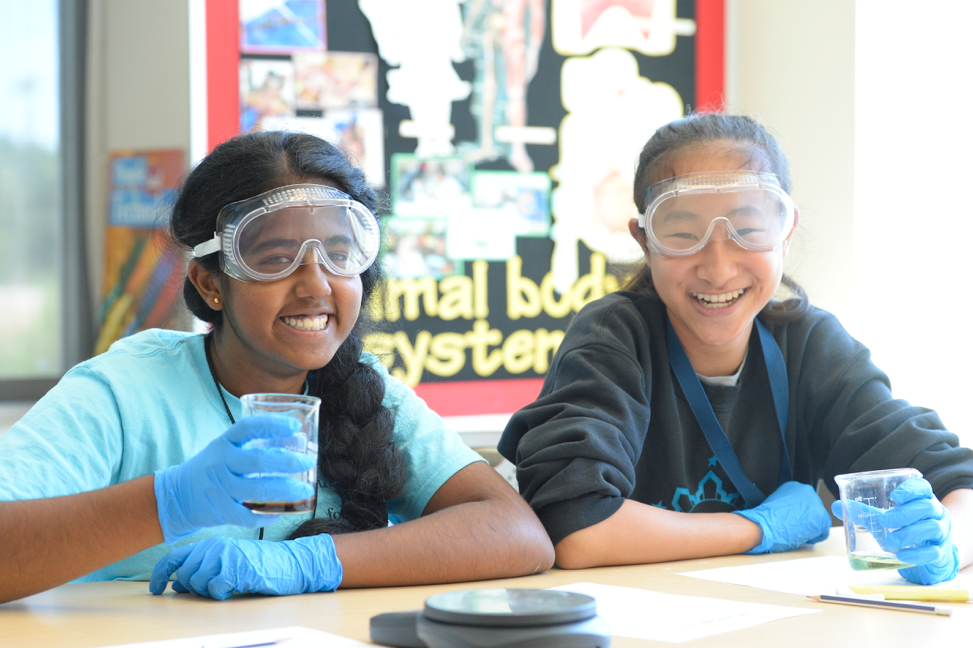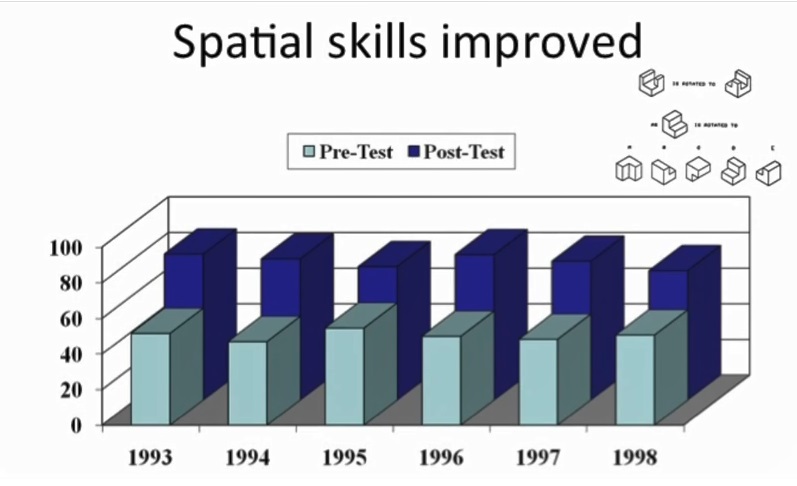Supporting Women in STEM

It’s Women’s History Month and we’re taking a closer look at the vital topic of women in STEM. While female representation within the field is growing, studies still show that women represent less than one third of all STEM careers. Which begs two questions—why the gender gap and what can we do to help eliminate it?
Our queries led to our own mini-investigation, which we presented informally to colleagues at our staff development meeting. One stat that quickly jumped out at us was that in 2015, women held 47% of all jobs in the United States, but only held 24% of STEM related careers. This was not only surprising but concerning. How could this be when according to the National Center for Educational Services recent statistics show women are graduating from college at a higher rate than men.
So why were women less likely to have STEM careers?

Recent research has shown that women around the world have been known to lag significantly behind men in terms of 3-D spatial skills. As a result, Dr. Sheryl Sorby, an engineering professor at Michigan Technological University, discusses in her TED talk that she decided to create a course for students that would focus on improving their 3-D spatial skills. As a result, the students exhibited improved spatial skills and grades in STEM courses, as well as an increase in students graduating with their STEM degree. Dr. Sorby wanted to emphasize that spatial skills can be taught!




So now the question is, what can we do to better equip our female students for STEM careers? Three elements come to mind.
- It’s imperative we continue to introduce our female students to STEM related careers. One great resource for ideas on how to engage our female students in STEM careers is careergirls.org.
- Another key step is to expose our students to female scientists working in STEM careers so that they can make connections with the scientist’s journey to get to where they are today. Real-life role models and mentor/mentee opportunites will allow our female students to see a future for themselves in STEM.
- And finally, we must intentionally incorporate activities that can increase spatial skills. The earlier we start, the better!
Through our TGR Learning Labs and digital site, TGR EDU: Explore, we are dedicated to providing quality education in STEM to all students and educators—and encouraging our female STEM students along the way. To date, we have introduced 85,000 girls to STEM but it’s on all of us to do more to help close the gender gap in STEM for good.
Redefining what it means to be a champion.


